Home>Furniture & Design>Bathroom Accessories>How To Tie A Non-Slip Loop Knot With Rope
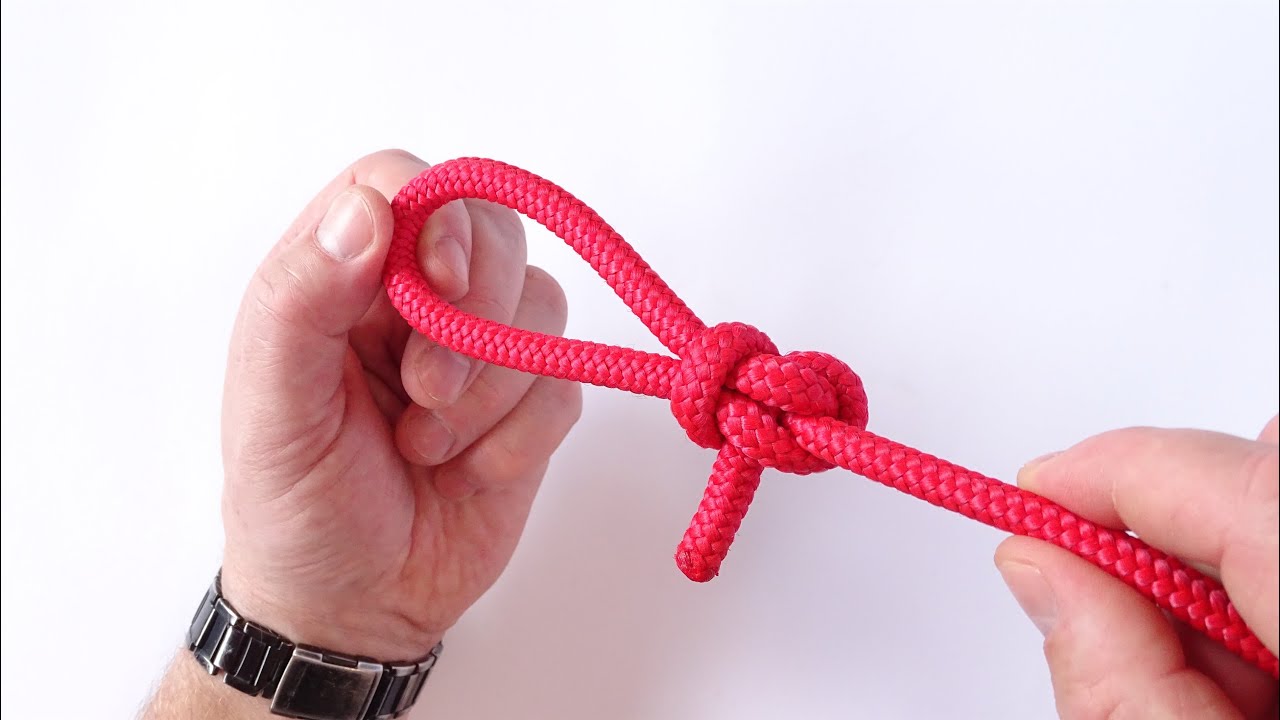

Bathroom Accessories
How To Tie A Non-Slip Loop Knot With Rope
Published: February 10, 2024
Learn how to tie a secure non-slip loop knot with rope for your bathroom accessories. Follow our step-by-step guide for a strong and reliable knot.
(Many of the links in this article redirect to a specific reviewed product. Your purchase of these products through affiliate links helps to generate commission for Storables.com, at no extra cost. Learn more)
Introduction
Tying knots is an essential skill that has been passed down through generations, serving a multitude of practical purposes. Whether you're an outdoor enthusiast, a sailor, or simply someone who enjoys DIY projects, mastering the art of knot tying can prove to be incredibly useful. Among the myriad of knots that exist, the non-slip loop knot stands out as a versatile and reliable option for various applications.
In this comprehensive guide, we will delve into the intricacies of the non-slip loop knot, exploring its structure, practical uses, and providing a step-by-step tutorial for mastering this essential knot. Whether you're a novice knot-tier or a seasoned expert looking to expand your repertoire, this article will equip you with the knowledge and skills needed to confidently tie the non-slip loop knot in any situation.
The non-slip loop knot, also known as the "Kreh Loop" or "No-Slip Loop," is celebrated for its ability to maintain a strong and secure hold, making it an ideal choice for activities such as fishing, camping, and securing loads. Its design allows for easy adjustment and tightening, ensuring a dependable loop that won't slip or come undone when subjected to tension or movement.
By understanding the mechanics of this knot and mastering its execution, you'll be empowered to tackle a wide range of tasks with confidence and precision. Whether you're securing a tarp, creating a loop for a fishing lure, or setting up a hammock, the non-slip loop knot offers a reliable solution that can be easily adapted to suit your specific needs.
In the following sections, we will explore the non-slip loop knot in detail, providing a comprehensive guide that will enable you to grasp its nuances and practical applications. By the end of this article, you'll be well-equipped to incorporate this versatile knot into your repertoire, enhancing your ability to tackle various tasks with efficiency and skill.
Key Takeaways:
- Master the non-slip loop knot for fishing, camping, and DIY projects. Its secure hold and easy adjustment make it a versatile and reliable choice for various tasks.
- The non-slip loop knot is a go-to solution for securing loads, setting up hammocks, and more. Its strength and adaptability make it indispensable for outdoor and everyday use.
Read more: How To Tie A Napkin Knot
Understanding the Non-Slip Loop Knot
The non-slip loop knot, also known as the "Kreh Loop" or "No-Slip Loop," is a fundamental knot with a wide array of practical applications. This versatile knot is revered for its ability to create a secure and reliable loop that maintains its integrity under tension. Understanding the structure and mechanics of the non-slip loop knot is essential for mastering its execution and harnessing its utility in various scenarios.
At its core, the non-slip loop knot is designed to form a loop that remains steadfast and resistant to slippage, even when subjected to significant force or movement. This characteristic makes it an invaluable tool for activities such as fishing, camping, and securing loads during transportation. The knot's ability to maintain a strong hold while allowing for easy adjustment sets it apart as a go-to choice for individuals seeking a dependable and adaptable knot solution.
The structure of the non-slip loop knot is characterized by its simplicity and efficiency. It consists of a series of wraps and tucks that work in tandem to create a secure loop, ensuring that the knot remains intact and reliable. This design allows for seamless adjustment, enabling users to modify the loop's size and tighten it as needed without compromising its strength.
One of the key features of the non-slip loop knot is its ability to maintain a consistent diameter, which is particularly advantageous in fishing applications. By preserving the loop's size and shape, the knot minimizes the risk of interfering with the action of lures or flies, enhancing the overall fishing experience. Additionally, the knot's streamlined profile facilitates smooth passage through rod guides, further solidifying its status as a preferred choice among anglers.
The non-slip loop knot's adaptability extends beyond recreational pursuits, finding utility in various practical scenarios. Whether it's securing a tarp, creating a loop for a hammock, or fastening a line to a fixed point, this knot offers a reliable and versatile solution that can be tailored to suit diverse needs.
By gaining a comprehensive understanding of the non-slip loop knot's structure and capabilities, individuals can harness its potential across a spectrum of activities, elevating their proficiency and confidence in handling knot-related tasks. In the subsequent sections, we will delve into a step-by-step guide for tying the non-slip loop knot, equipping you with the practical skills needed to execute this essential knot with precision and ease.
Step-by-Step Guide to Tying the Non-Slip Loop Knot
-
Begin with the Overhand Loop: Form an overhand loop at the end of the rope, leaving ample slack to work with. This initial loop will serve as the foundation for creating the non-slip loop knot.
-
Pass the Tag End Through the Loop: Take the tag end of the rope and pass it through the overhand loop, ensuring that it emerges on the same side as the standing part of the rope.
-
Wrap Around the Standing Part: Proceed to wrap the tag end around the standing part of the rope, forming a simple coil. Make approximately three to five wraps, depending on the thickness and strength of the rope.
-
Thread the Tag End Through the Overhand Loop: After completing the wraps, thread the tag end back through the overhand loop in the opposite direction from its initial entry. Ensure that the tag end follows the same path as the standing part within the loop.
-
Create a Small Opening: With the tag end now inside the overhand loop, create a small opening near the wraps to prepare for the final tuck. This opening will facilitate the smooth passage of the tag end during the next step.
-
Pass the Tag End Through the Opening: Guide the tag end through the small opening created in the previous step, ensuring that it travels beneath the wraps and emerges on the opposite side of the overhand loop.
-
Secure the Knot: Gradually tighten the knot by pulling both the standing part and the tag end in opposite directions. As the knot tightens, ensure that the wraps remain neatly aligned and compact, forming a secure and uniform structure.
-
Adjust and Trim: Once the knot is fully tightened, adjust the loop's size as needed by pulling the standing part and the tag end. Trim any excess rope to achieve a clean and tidy finish, ensuring that the knot is secure and free from any loose ends.
By following these step-by-step instructions, you can confidently tie the non-slip loop knot, harnessing its strength and adaptability for a wide range of practical applications. Whether you're preparing for a fishing excursion, setting up a shelter, or securing equipment during transport, mastering this essential knot will enhance your capabilities and bolster your confidence in handling various tasks with precision and efficiency.
Tips and Tricks for Tying the Knot Successfully
Tying the non-slip loop knot successfully requires attention to detail and a nuanced approach to ensure a secure and reliable outcome. Whether you're a novice knot-tier or an experienced practitioner, incorporating the following tips and tricks into your knot-tying process can significantly enhance your proficiency and the overall integrity of the knot.
1. Rope Selection:
Choosing the right type of rope is crucial for achieving a strong and durable non-slip loop knot. Opt for a high-quality rope that offers sufficient strength and minimal stretch, as these characteristics are essential for maintaining the knot's integrity under tension. Additionally, selecting a rope with a smooth texture can facilitate the wrapping and tightening process, contributing to a more secure and streamlined knot.
Read more: How To Tie A Hammock Rope
2. Wrapping Consistency:
Maintaining consistent and evenly spaced wraps around the standing part of the rope is paramount for creating a reliable non-slip loop knot. Ensure that each wrap is snug and uniform, avoiding overlapping or loose coils that could compromise the knot's strength. Consistent wrapping contributes to a neat and secure knot structure, enhancing its overall stability and resistance to slippage.
3. Tension Management:
Applying appropriate tension during the knot-tying process is essential for achieving an optimal balance between security and adjustability. While wrapping the tag end around the standing part and during the final tightening phase, maintain a firm yet controlled tension to ensure that the wraps hold securely without causing the rope to distort or weaken. Finding the right balance of tension is key to producing a well-crafted non-slip loop knot.
4. Lubrication:
Incorporating a small amount of lubricant, such as water or saliva, can aid in the smooth manipulation of the rope during the knot-tying process. This can be particularly beneficial when working with thicker or stiffer ropes, as lubrication reduces friction and eases the passage of the tag end through the wraps and the overhand loop. By enhancing the maneuverability of the rope, lubrication contributes to a more seamless and controlled knot-tying experience.
5. Practice and Patience:
Mastering the art of tying the non-slip loop knot requires practice and patience. Take the time to familiarize yourself with the sequence of steps and the nuances of the knot's structure. Through consistent practice, you'll develop a tactile understanding of the knot-tying process, allowing you to refine your technique and achieve greater precision with each attempt. Embrace the learning curve and approach each tying session as an opportunity to hone your skills and deepen your mastery of this essential knot.
By integrating these tips and tricks into your knot-tying endeavors, you can elevate your proficiency in tying the non-slip loop knot, ensuring that each knot is crafted with precision, strength, and reliability. Embracing these insights will empower you to tackle various tasks and activities with confidence, knowing that your non-slip loop knots are skillfully executed and capable of meeting the demands of diverse scenarios.
Read more: How To Tie Duvet Cover With Loops
Practical Applications of the Non-Slip Loop Knot
The non-slip loop knot's versatility and reliability make it indispensable across a wide spectrum of practical applications. Its unique design, which combines strength, adjustability, and resistance to slippage, renders it a valuable tool in various scenarios, ranging from outdoor pursuits to everyday tasks. Understanding the diverse practical applications of the non-slip loop knot illuminates its significance and underscores its relevance in numerous settings.
Fishing and Angling
In the realm of fishing and angling, the non-slip loop knot emerges as a fundamental asset for securing lures, flies, and hooks. Its ability to maintain a consistent loop size while allowing for unrestricted movement enhances the natural presentation of bait, thereby increasing the likelihood of enticing and hooking fish. Anglers rely on this knot to affix their tackle with confidence, knowing that the non-slip loop knot minimizes interference with the bait's action and facilitates seamless passage through rod guides, contributing to a smooth and effective fishing experience.
Camping and Outdoor Activities
When venturing into the great outdoors, the non-slip loop knot serves as a versatile ally for a myriad of camping and outdoor activities. Whether it's setting up a tarp shelter, securing a hammock, or hanging a bear bag to protect food from wildlife, this knot offers a dependable and adaptable solution. Its strength and adjustability enable campers and outdoor enthusiasts to tackle various rigging and fastening tasks with ease, providing peace of mind in challenging and dynamic outdoor environments.
Load Securing and Transportation
In the realm of load securing and transportation, the non-slip loop knot emerges as a reliable method for fastening and securing cargo. Whether it's securing a kayak to a roof rack, lashing gear to a vehicle, or tethering items during transit, this knot offers a secure and easily adjustable solution. Its resistance to slippage ensures that the load remains steadfast and stable, even when subjected to movement and external forces, making it an invaluable asset for individuals transporting equipment, gear, or supplies.
Read more: What Makes Non-Slip Shoes Non-Slip
DIY Projects and General Use
Beyond specific recreational and outdoor pursuits, the non-slip loop knot finds utility in a wide range of do-it-yourself (DIY) projects and general applications. From crafting homemade dog leashes and tie-down straps to fastening ropes for household tasks, this knot provides a reliable and adaptable solution. Its ease of tying and ability to maintain a secure hold make it a go-to choice for individuals seeking a versatile and robust knot for everyday use.
By recognizing the practical applications of the non-slip loop knot, individuals can harness its versatility and reliability across an array of activities and tasks, enhancing their ability to address diverse challenges with confidence and efficiency. Whether it's angling for the perfect catch, setting up camp in the wilderness, or securing cargo for transportation, the non-slip loop knot stands ready as a steadfast and adaptable ally, ready to meet the demands of various endeavors.
Conclusion
In conclusion, the non-slip loop knot emerges as a fundamental and versatile tool, offering a myriad of practical applications across diverse domains. Its ability to create a secure and reliable loop that resists slippage, while allowing for easy adjustment, positions it as a go-to choice for individuals seeking a dependable knot solution. Whether it's in the context of fishing, camping, load securing, or general DIY projects, the non-slip loop knot stands out as a valuable asset, empowering individuals to tackle various tasks with confidence and precision.
By delving into the intricacies of the non-slip loop knot, we've gained a comprehensive understanding of its structure, mechanics, and practical uses. The step-by-step guide provided equips individuals with the practical skills needed to confidently tie this essential knot, fostering a sense of mastery and proficiency. Furthermore, the incorporation of tips and tricks for successful knot tying enhances the overall craft and reliability of the non-slip loop knot, ensuring that each knot is executed with precision and strength.
The practical applications of the non-slip loop knot underscore its significance in diverse scenarios, ranging from angling and outdoor activities to load securing and general use. Its adaptability and resilience make it an indispensable tool for individuals navigating various pursuits, offering a dependable solution that can be tailored to meet specific needs.
As we reflect on the significance of the non-slip loop knot, it becomes evident that its utility extends far beyond a mere knot-tying technique. It embodies a sense of reliability, adaptability, and craftsmanship, serving as a testament to the timeless art of knot tying. Whether it's in the context of embarking on outdoor adventures, engaging in DIY projects, or addressing practical challenges, the non-slip loop knot stands as a steadfast and adaptable ally, ready to meet the demands of diverse endeavors.
In essence, the non-slip loop knot transcends its physical form, embodying a spirit of resilience and versatility that resonates with individuals seeking practical and dependable solutions. By embracing the knowledge and skills associated with this essential knot, individuals are empowered to navigate a spectrum of activities and tasks with confidence, knowing that they possess the expertise to craft secure and reliable loops that stand the test of time and circumstance.
Frequently Asked Questions about How To Tie A Non-Slip Loop Knot With Rope
Was this page helpful?
At Storables.com, we guarantee accurate and reliable information. Our content, validated by Expert Board Contributors, is crafted following stringent Editorial Policies. We're committed to providing you with well-researched, expert-backed insights for all your informational needs.

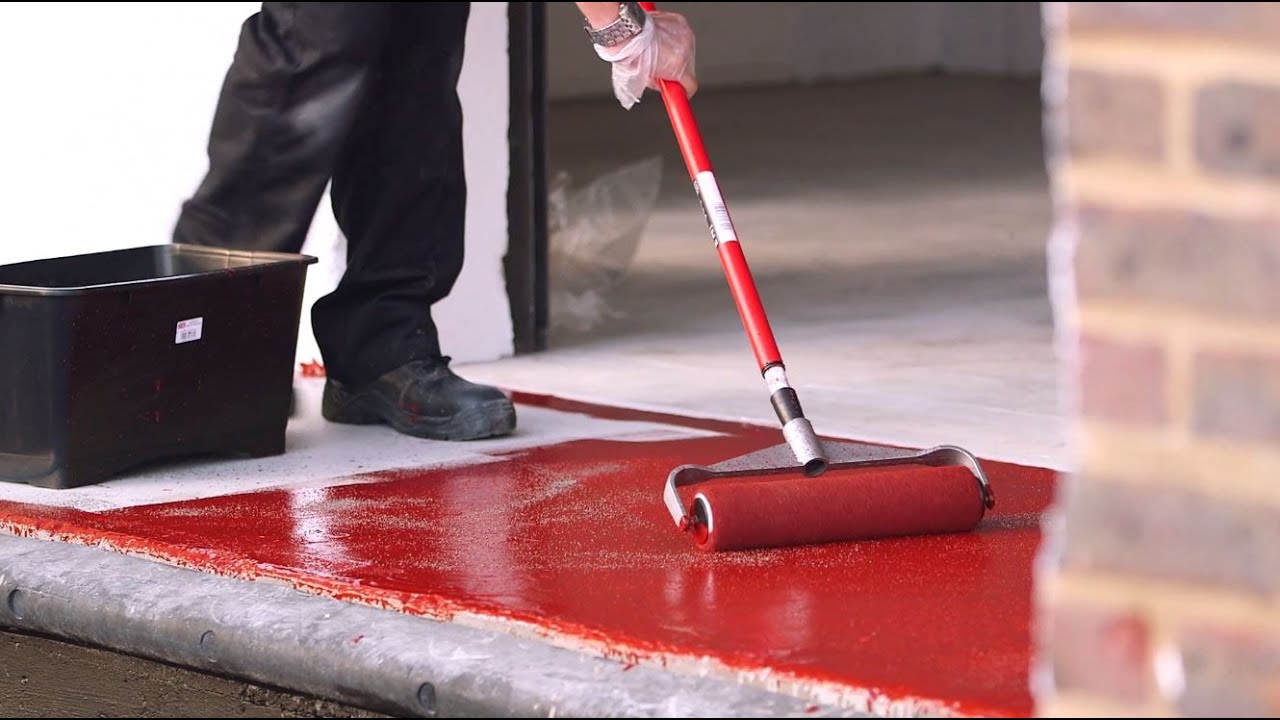
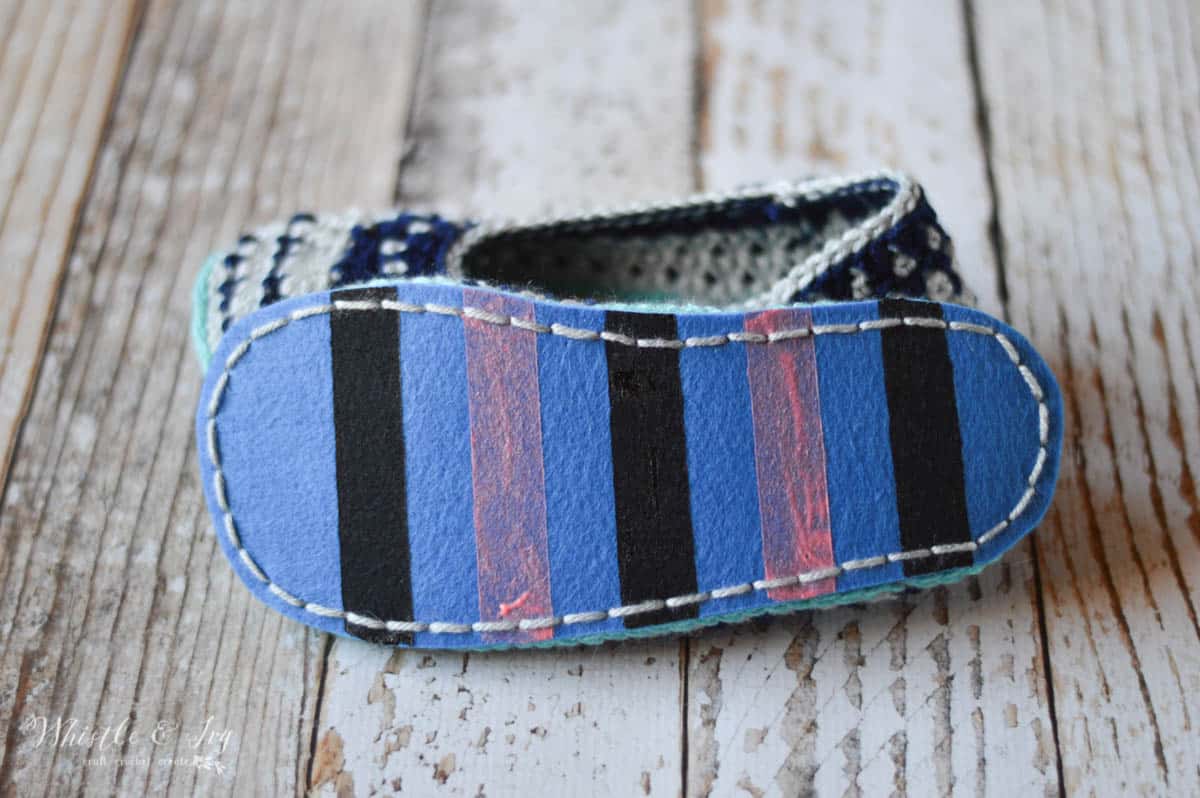
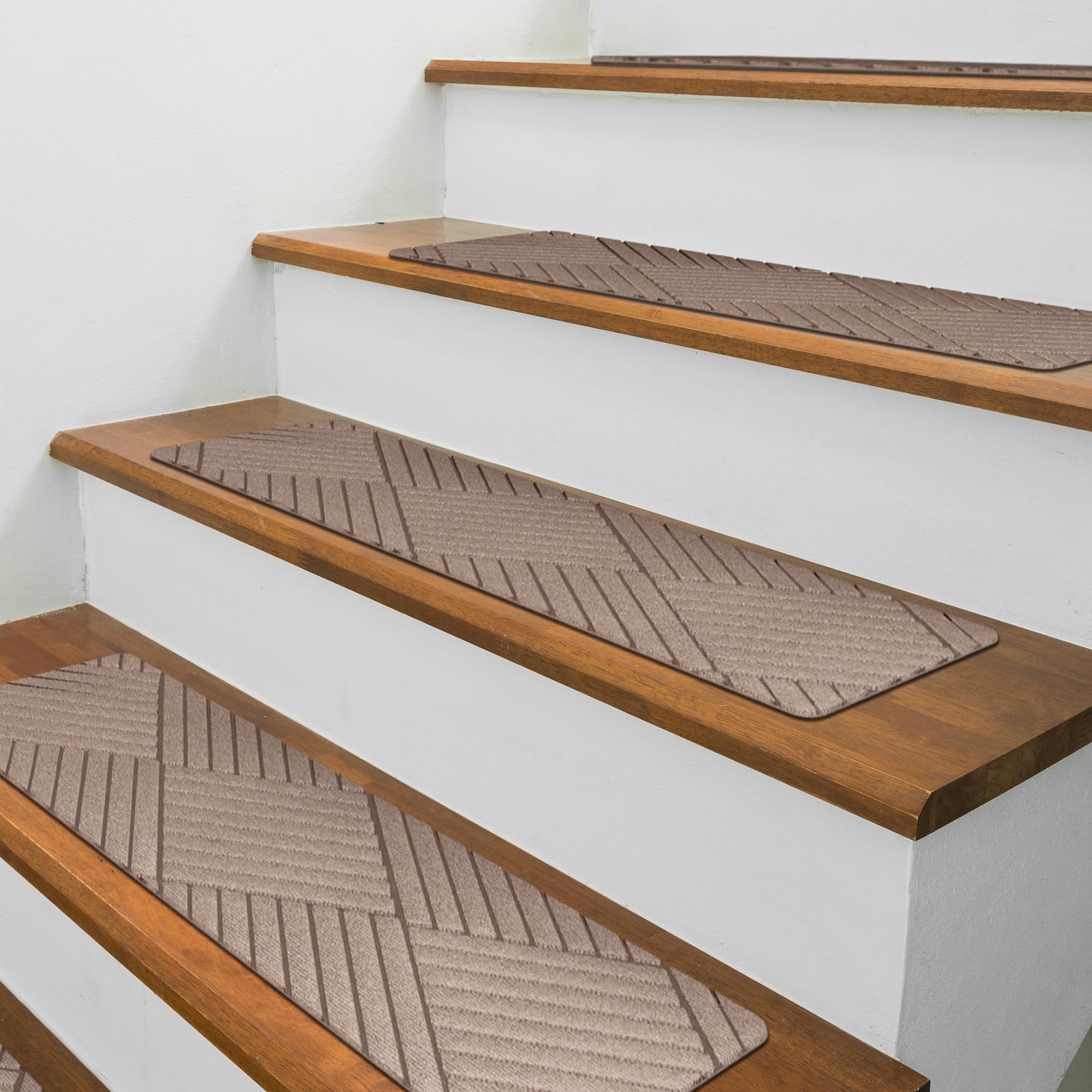
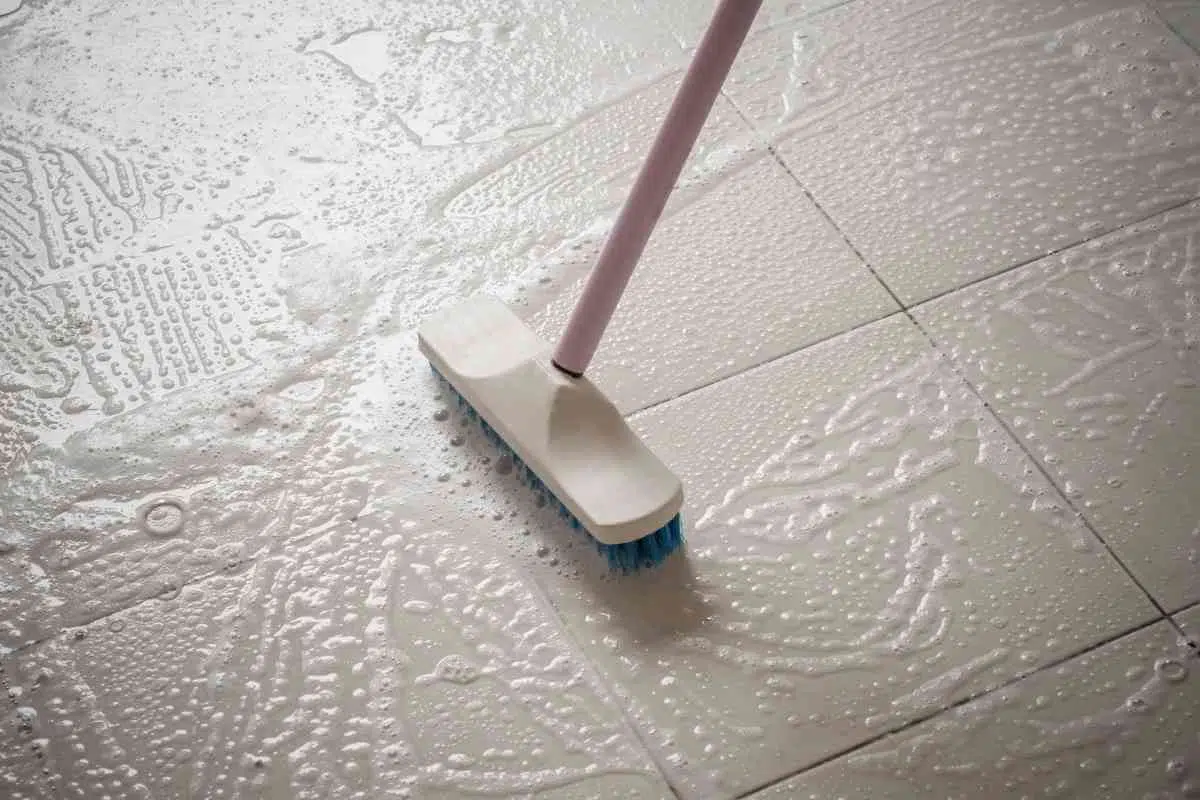
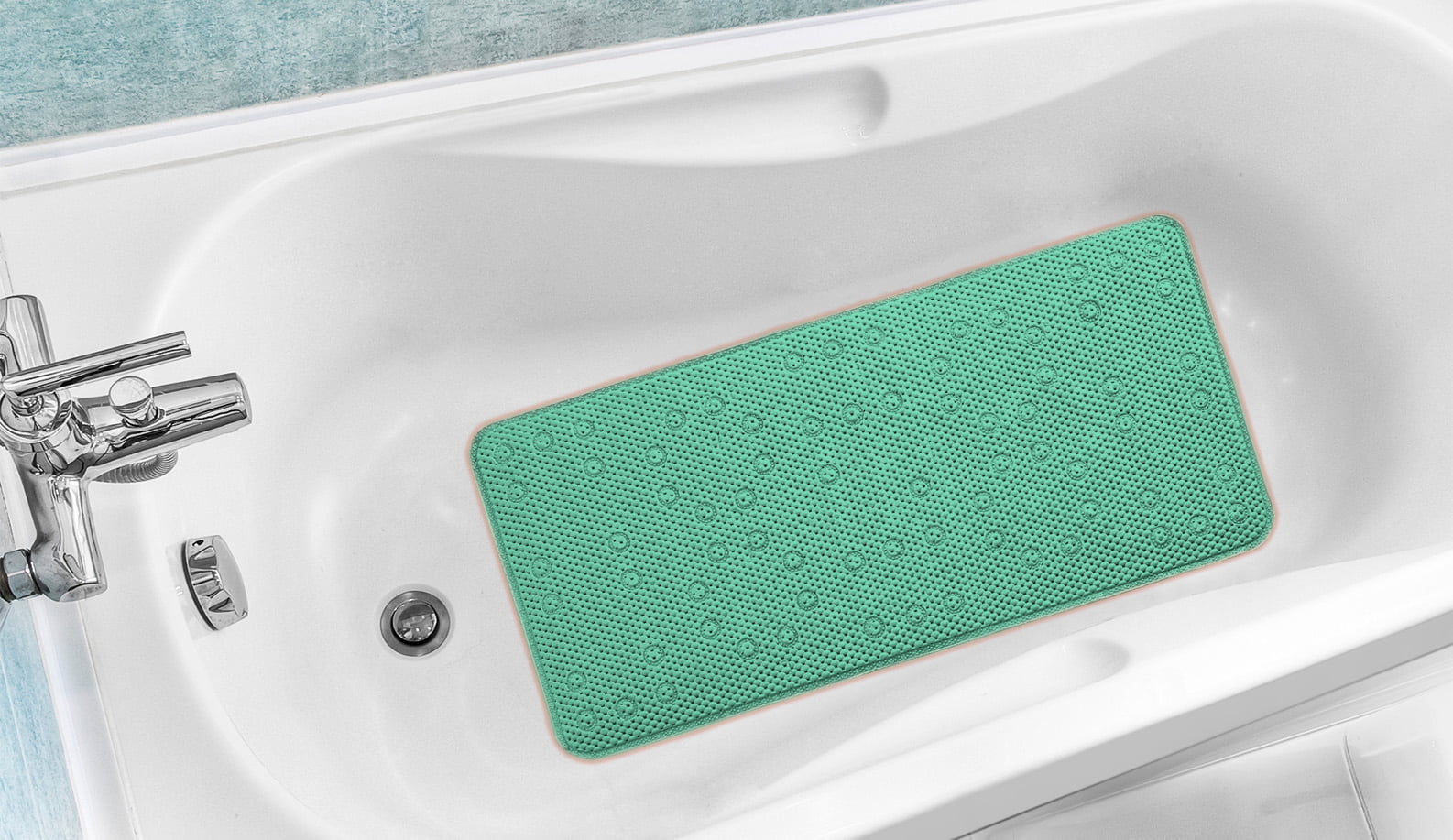
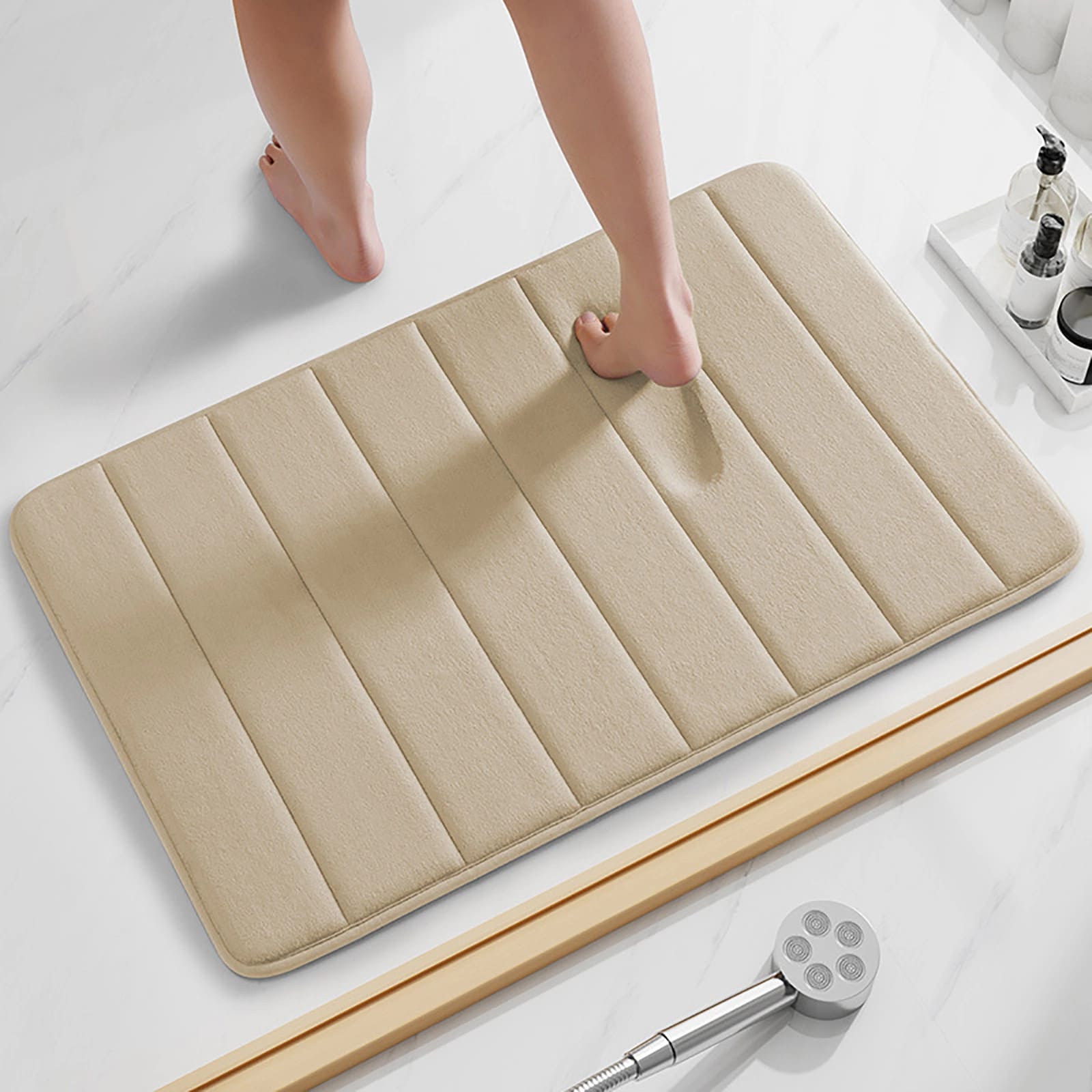
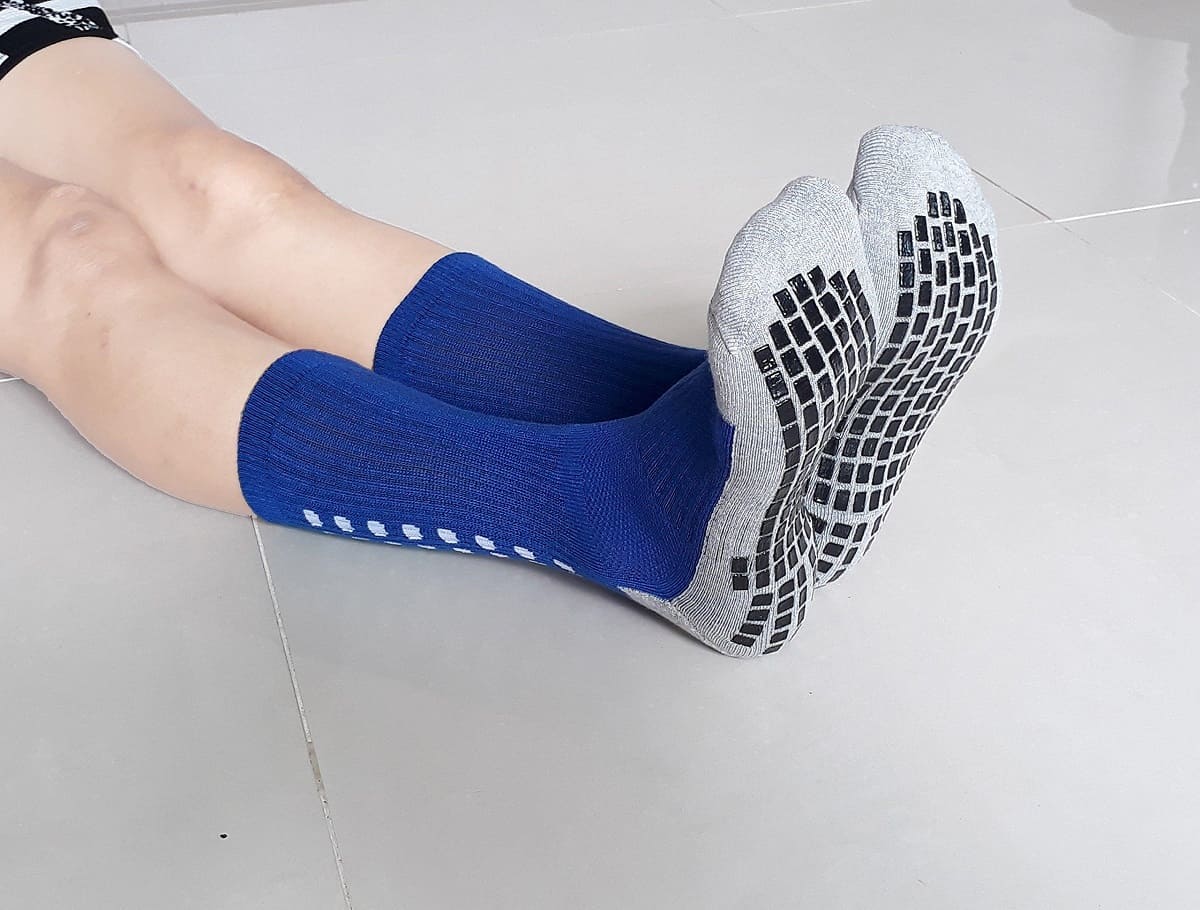


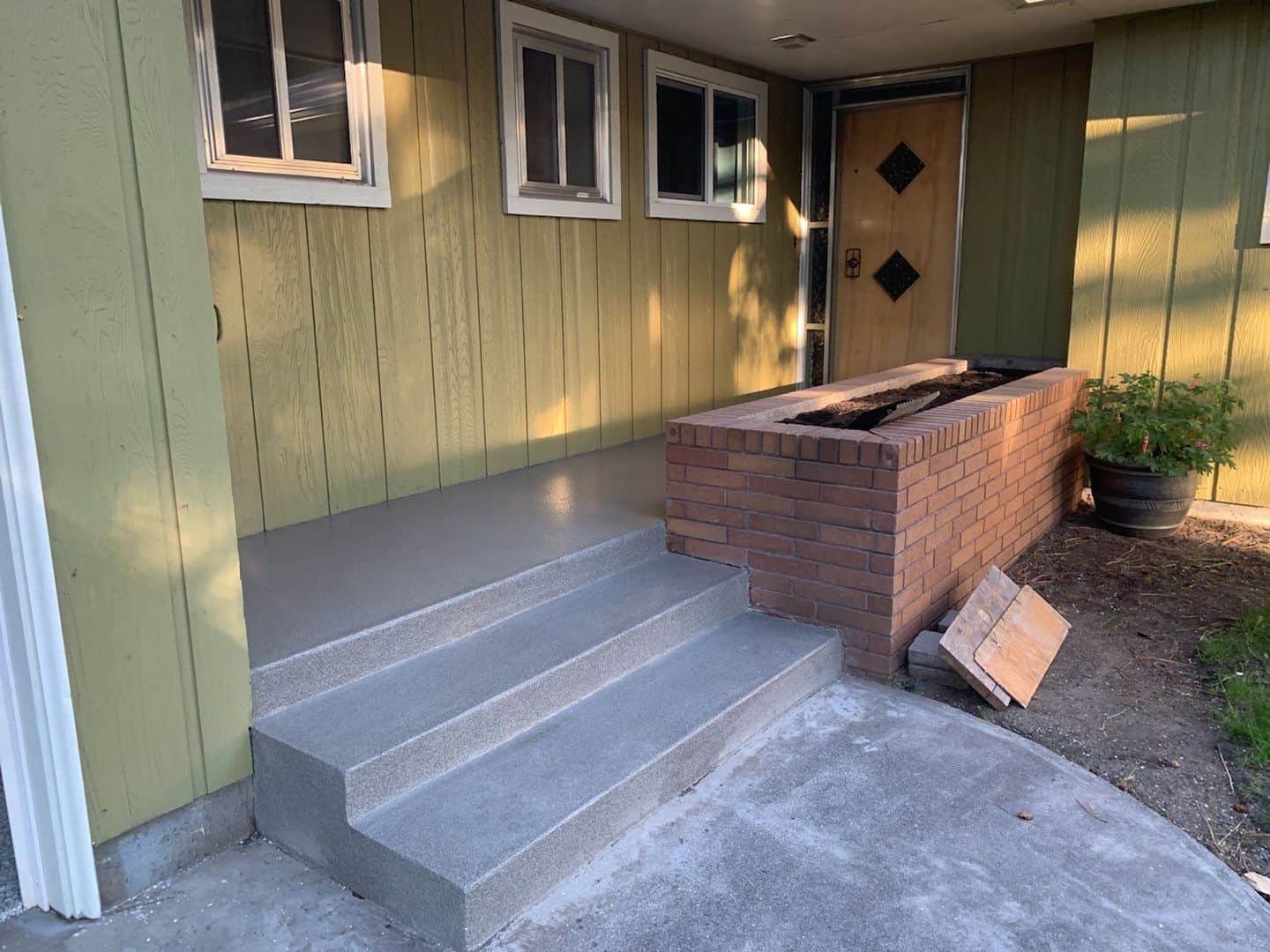


0 thoughts on “How To Tie A Non-Slip Loop Knot With Rope”